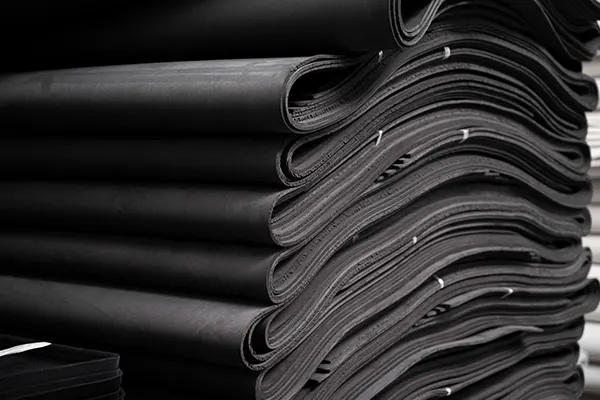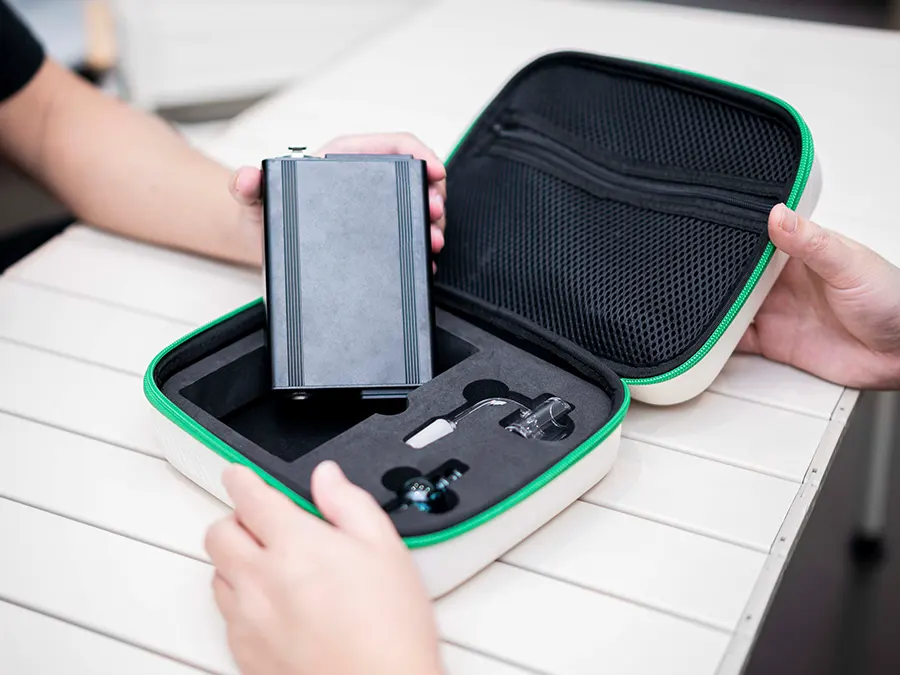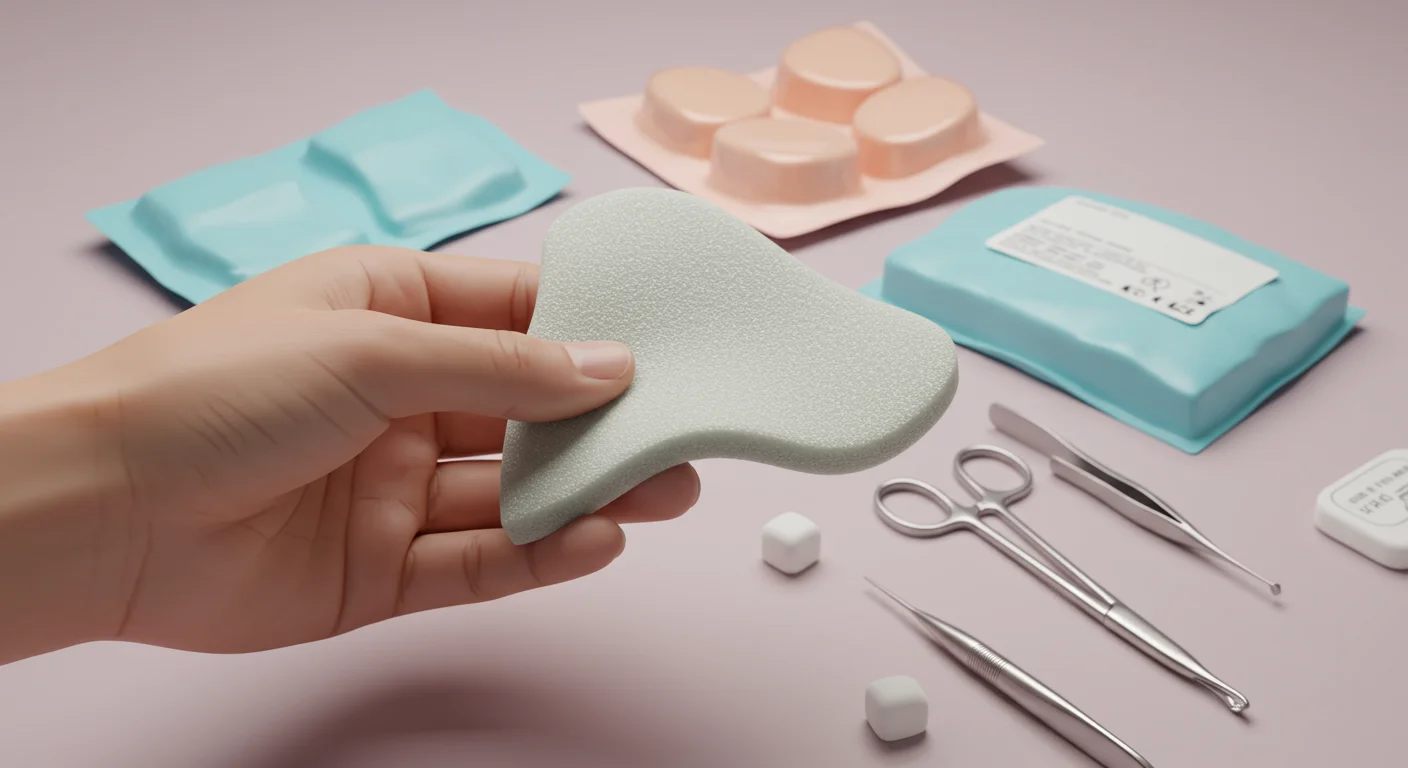يعد اختيار المادة المناسبة لمشروعك أو منتجك أمرًا ضروريًا لتحقيق النتائج المثلى. EVA و PVC هما مادة شائعة الاستخدام في مختلف الصناعات بسبب خصائصهما الفريدة والتعدد الاستخدامات. في هذا الدليل الشامل, سوف نتعمق في خصائص كل من EVA و PVC لمساعدتك في اتخاذ قرار مستنير بشأنه أكثر ملاءمة لاحتياجاتك المحددة. دعنا نلقي نظرة فاحصة على ما يميز هذه المواد.
ما هي مادة إيفا?

أسيتات الإيثيلين فينيل (إيفا) هو كوبوليمر معروف بطبيعته الخفيفة والمرنة. يستخدم عادة في إنتاج منتجات الرغوة, مثل باطن الأحذية, المعدات الرياضية, ومواد التعبئة والتغليف لإنتاج حالة EVA. كما تقدر إيفا بقدرات امتصاص الصدمات, مما يجعلها خيارًا مثاليًا لتطبيقات المعدات الواقية والتطبيقات.
ما هي مادة PVC?

كلوريد البولي فينيل (بولي كلوريد الفينيل) هو بوليمر بلاستيكي اصطناعي يشتهر بمتانته وطول العمر. PVC متعدد الاستخدامات للغاية ويمكن العثور عليه في مجموعة واسعة من المنتجات, بما في ذلك الأنابيب, إطارات النوافذ, الأرضيات, واللافتات. خصائصها المقاومة للمياه والمقاومة للهب تجعلها خيارًا شائعًا لتطبيقات البناء في الهواء الطلق والبناء.
خصائص مادة EVA

خفيفة الوزن ومرنة
واحدة من الميزات البارزة لـ EVA هي طبيعتها الخفيفة والمرنة, مما يجعل من السهل العمل والراحة للارتداء. هذه الجودة مفيدة بشكل خاص في الصناعات التي تتطلب أن تكون المنتجات خفيفة الوزن ولكنها متينة, مثل مواد الأحذية والحشو.
قدرات امتصاص الصدمة
تم تقدير إيفا لقدراتها الاستثنائية لامتصاص الصدمات, مما يجعلها مادة مثالية للمنتجات المقاومة للتأثير مثل بطانات الخوذة والحشو الواقي. تساعد قدرتها على توسيع وامتصاص قوى التأثير على تقليل خطر الإصابة في المواقف عالية التأثير.
مقاوم للطقس
ميزة أخرى من EVA هي خصائصها المقاومة للطقس, التي تسمح لها بتحمل التعرض للعناصر دون تدهور. هذا يجعل إيفا اختيارًا موثوقًا للتطبيقات الخارجية حيث تكون المتانة وطول العمر ضرورية.
الرائحة وغير السامة
تشتهر إيفا بكونها بلا رائحة وغير سامة, جعلها خيارًا آمنًا للمنتجات التي تتلامس مع الجلد أو الطعام. طبيعتها غير السامة تجعلها صديقة للبيئة, لأنها لا تطلق مواد كيميائية ضارة في البيئة.
خصائص مادة PVC
متينة وطويلة الأمد
تشتهر PVC بمتانتها وأدائها الطويل الأمد, جعلها خيارًا شائعًا للمنتجات التي تتطلب مستويات عالية من القوة والمرونة. إن قدرتها على تحمل التآكل مع مرور الوقت تجعلها خيارًا فعالًا من حيث التكلفة للاستخدام على المدى الطويل.
مقاوم للماء
واحدة من المزايا الرئيسية لـ PVC هي خصائصها المقاومة للماء, مما يجعلها مناسبة للغاية للتطبيقات التي يكون فيها التعرض للرطوبة مصدر قلق. PVC لا تمتص الماء, مما يجعلها خيارًا مثاليًا للبيئات الخارجية والبحرية.
لقب اللهب
PVC هو بطبيعته محاكة اللهب, وهذا يعني أنه يحتوي على مقاومة عالية للإشعال ولا ينشر النيران بسهولة. هذا يجعل PVC مادة مفضلة للتطبيقات التي تكون فيها السلامة من الحرائق أولوية, مثل بناء المباني والأسلاك الكهربائية.
تنوع في التطبيقات
PVC متعدد الاستخدامات للغاية ويمكن تكييفه للاستخدام في مجموعة واسعة من التطبيقات, من الأنابيب وإطارات النوافذ إلى الأجهزة الطبية واللافتات. خصائصها التنوعية والخصائص القابلة للتخصيص تجعلها مادة جيدة للصناعات المتنوعة.
إيفا مقابل. بولي كلوريد الفينيل, أيهما أفضل?
عند مقارنة EVA و PVC, هناك عدة عوامل رئيسية تدخل في اللعب:
الوزن والمرونة
إيفا أخف وزنا وأكثر مرونة من PVC, مما يجعلها خيارًا مفضلاً للتطبيقات التي تتطلب لمسة أكثر ليونة وراحة أكبر.
بولي كلوريد الفينيل, على الجانب الآخر, هو أكثر ثباتا وأقل مرونة, مما يجعلها أكثر ملاءمة للهياكل الصلبة.
المتانة وطول العمر
تشتهر PVC بمتانتها وأدائها طويل الأمد, جعلها خيارًا موثوقًا للمنتجات التي تحتاج إلى تحمل الاستخدام الكثيف والظروف القاسية.
إيفا, رغم أنها ليست متينة مثل PVC, يقدم امتصاص صدمات وخصائص ممتازة.
مقاومة عناصر الطقس
إيفا مقاوم للطقس ويمكنه تحمل التعرض للعناصر دون تدهور, مما يجعلها مناسبة للتطبيقات الخارجية.
PVC هو أيضا مقاوم للطقس ويمكن أن يقاوم الرطوبة وتقلبات درجة الحرارة, مما يجعلها خيارًا موثوقًا للاستخدام في الهواء الطلق.
الحرارة والتسامح البارد
PVC لديها تسامح أعلى للحرارة ودرجات الحرارة الباردة مقارنة مع EVA, مما يجعلها مناسبة للتطبيقات التي تتطلب الاستقرار الحراري.
قد تليين إيفا أو تصلب في درجات الحرارة القصوى, والتي يمكن أن تؤثر على أدائها في بيئات معينة.
مقارنة التكلفة
من حيث التكلفة, EVA عمومًا أكثر بأسعار معقولة من PVC بسبب انخفاض تكاليف الإنتاج. لكن, قد تعوض المتانة وطول العمر من PVC الاستثمار الأولي, جعلها خيارًا فعالًا من حيث التكلفة على المدى الطويل لبعض التطبيقات.
التطبيقات في الصناعات
يجد كل من EVA و PVC مجموعة واسعة من التطبيقات عبر مختلف الصناعات:
تطبيقات EVA
- الأحذية: إيفا هي مادة شائعة لصنع باطن الأحذية والنعال بسبب خصائصها الخفيفة والامتصاص.
- المعدات الرياضية: يتم استخدام EVA في إنتاج الحشو الرياضي, الخوذات, الحصير, ومسحة للمعدات الرياضية.
- معدات واقية: إن امتصاص الصدمات الفائق من EVA يجعلها مادة مثالية لإنشاء معدات واقية مثل بطانات الخوذة والحشو لمعدات الرياضة والسلامة.
- مواد التغليف: يستخدم EVA أيضًا في تصنيع مواد التغليف, مشتمل حالات شل الصلبة إيفا للإلكترونيات, أدوات, والعناصر الحساسة.
تطبيقات PVC
- الأنابيب: تستخدم أنابيب PVC على نطاق واسع في السباكة, الري, وأنظمة الصرف الصحي من أجل متانتها, مقاومة التآكل, وسهولة التثبيت.
- إطارات النوافذ: PVC هي مادة شائعة لتصنيع إطارات النوافذ والملفات التعريف بسبب مقاومة الطقس, متطلبات الصيانة المنخفضة, وكفاءة الطاقة.
- الأرضيات: الأرضيات PVC, بما في ذلك بلاط الفينيل وأرضيات لوح الفينيل, تحظى بشعبية لمتانتها, مقاومة الماء, ومجموعة واسعة من التصميمات.
- العزل الكهربائي: يتم استخدام PVC في التطبيقات الكهربائية لعزل الكابلات, الأسلاك, والقناة الكهربائية بسبب خصائصها المعادلة.
- لافتات: تستخدم ألواح وألواح PVC بشكل شائع للافتات الداخلية والخارجية بسبب متانتها, مقاومة الطقس, وسهولة التخصيص.
إيفا مقابل. بولي كلوريد الفينيل, التي تختار?
عند اتخاذ قرار بين EVA و PVC لمشروعك أو منتجك, النظر في العوامل التالية:
- إذا كنت تعطي الأولوية للوزن والمرونة, قد يكون إيفا هو الخيار الأفضل.
- للتطبيقات التي تتطلب المتانة وطول العمر, قد يكون PVC أكثر ملاءمة.
- مقاومة الطقس, تحمل الحرارة, ويجب أن توجه اعتبارات التكلفة أيضًا قرارك.
خاتمة
ختاماً, يقدم كل من EVA و PVC خصائص وفوائد فريدة تجعلها مواد قيمة في مختلف الصناعات. فهم الاختلافات الرئيسية بين EVA و PVC, مثل الوزن, المرونة, متانة, مقاومة الطقس, والتكلفة, سيساعدك على اتخاذ قرار مستنير بشأن المواد الأكثر ملاءمة لاحتياجاتك المحددة. سواء اخترت EVA أو PVC, توفر كلتا المادتين براعة, أداء, والموثوقية لمجموعة واسعة من التطبيقات.
















